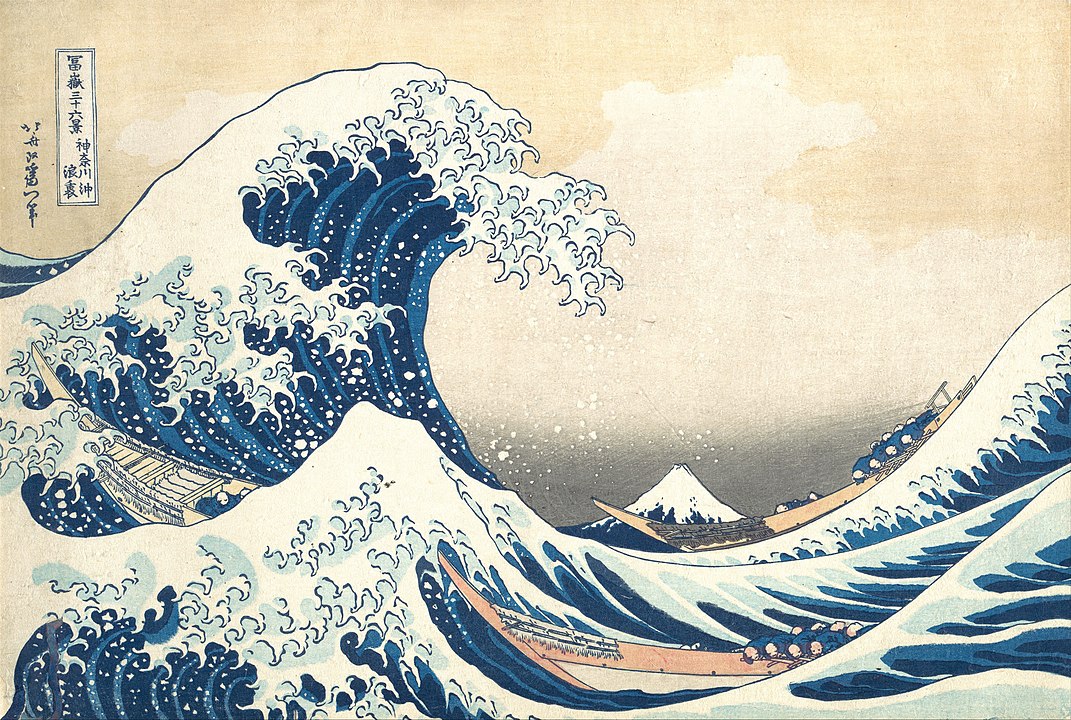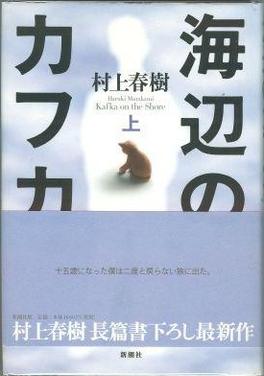 We are all aware of the enormous amount of emotional force that Japanese artwork is able to carry.
We are all aware of the enormous amount of emotional force that Japanese artwork is able to carry.
There are many movies or novels written by Japanese people that don’t fail to make you feel blue, as these artists can always trace the sadness in everything. “Mono no aware” is a core aesthetics in Japanese culture that can be translated as the awareness of the impermanence of things.
It originally appeared in the Heian period but was then picked up in the 18th century and remains popular even till now.
In simple terms, it can be interpreted as romanticising the sadness people can hold towards the fact that everything is eventually going to disappear so that what makes you happy is only for now. Just like how cherry blossom, their national flower, would wither only after a week it bloomed.
Japan, considering its special geographical location, breeds natural disasters. Even though they already have many outstanding designs that can save them from things like an earthquake, the whole country being surrounded by the ocean still makes them feel like there’s no way to escape.
A pessimistic mindset hence is formed under circumstances as such. People then learn to seize the beauty in this sadness and turn them into artworks. The whole aesthetics could be seen as a minor rebellion people have against the idea of fate, while enjoying this sadness, they can cherish what is present more.
 Another explanation for “Mono No Aware” could be the unique way how Japanese people view ‘souls’. It is somewhat strange and interesting that in most anime movies, nearly all objects, even a cup and a goldfish, have souls. From many Japanese novels such as “Kafka on the shore”, things like a flute made of cats’ souls and one of the characters dies on the office desk as a way to revive, we can see that in Japanese culture, the soul is something that separates from the body, so as the essence of things.
Another explanation for “Mono No Aware” could be the unique way how Japanese people view ‘souls’. It is somewhat strange and interesting that in most anime movies, nearly all objects, even a cup and a goldfish, have souls. From many Japanese novels such as “Kafka on the shore”, things like a flute made of cats’ souls and one of the characters dies on the office desk as a way to revive, we can see that in Japanese culture, the soul is something that separates from the body, so as the essence of things.
Although everything, according to this aesthetics, cannot escape its own fate from vanishing into nothingness, the beauty is what matters and stays behind. For example, in his novel “Snow Country”, Yasunari managed to present the protagonist’s devastation towards the death of his love by writing about the milky way in the night sky above him, leaving the readers with a sense of living within the narrative by showing them the beauty that comes along with death. Thus, in this case, the aesthetics is more about a shared blueness among all things that leads to extreme beauty.
There’s no absolute correct answer to the reason behind “Mono no aware”.
After all, through viewing these aesthetics we are able to see the frailty that lies deep within this small but powerful island country, and how the artists have turned their internal struggles into something beautiful to make Japanese arts stand out among the others.
For further insights into the Japanese tradition of storytelling please see – Miyazaki and The Eastern Tradition of Leaving Stories Open Ended




Leave A Comment